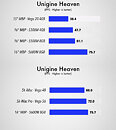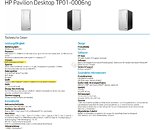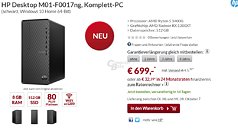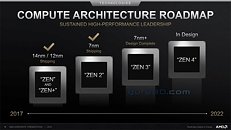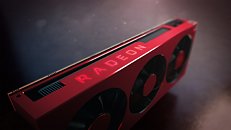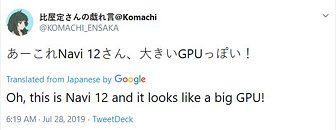
XFX BC-160 Mining Card Based on "Navi 12" Sells in China for $2,000
XFX started selling the AMD BC-160 cryptocurrency mining card based on the AMD "Navi 12" silicon. The card is available on AliExpress for $2,000. The "Navi 12," if you recall, is an MCM mobile GPU that AMD developed exclusively for the 2019 MacBook Pro. It combined an RDNA-based GPU die with up to 16 GB of HBM2 across a 2048-bit wide interface. Built on the 7 nm node, the GPU die of "Navi 12" on the BC-160 is configured with 36 compute units (2,304 stream processors), and 8 GB of HBM2 across the full 2048-bit memory bus.
The card uses a blower-type cooling solution, and is rated with 150 W of typical board power, with a claimed 69.5 Mh/s (ETH). Drivers are provided for Linux, and mining software supported include Team Red Miner and Phoenix Miner. The card features a PCI-Express 4.0 x16 interface, its driver supports systems with up to 12 of these installed. A marketing slide sheds light on the nomenclature AMD is using for its mining cards. The "BC" in BC-160 represents "blockchain compute," the "1" stands for generation, in this case, first generation; and "60" represents hashrate-class with ETH.
The card uses a blower-type cooling solution, and is rated with 150 W of typical board power, with a claimed 69.5 Mh/s (ETH). Drivers are provided for Linux, and mining software supported include Team Red Miner and Phoenix Miner. The card features a PCI-Express 4.0 x16 interface, its driver supports systems with up to 12 of these installed. A marketing slide sheds light on the nomenclature AMD is using for its mining cards. The "BC" in BC-160 represents "blockchain compute," the "1" stands for generation, in this case, first generation; and "60" represents hashrate-class with ETH.











